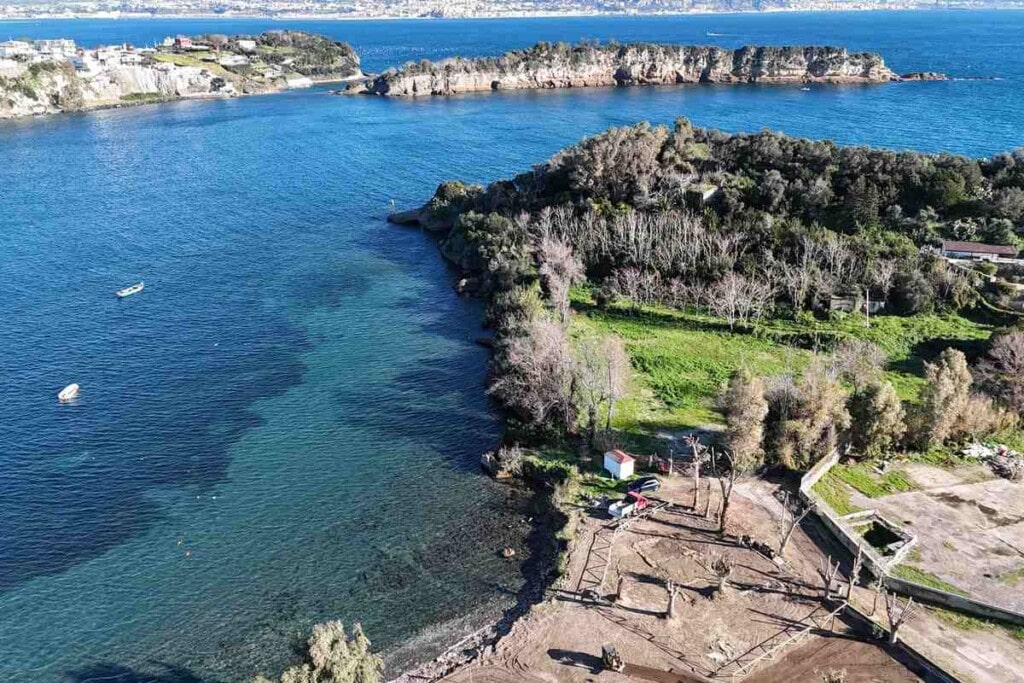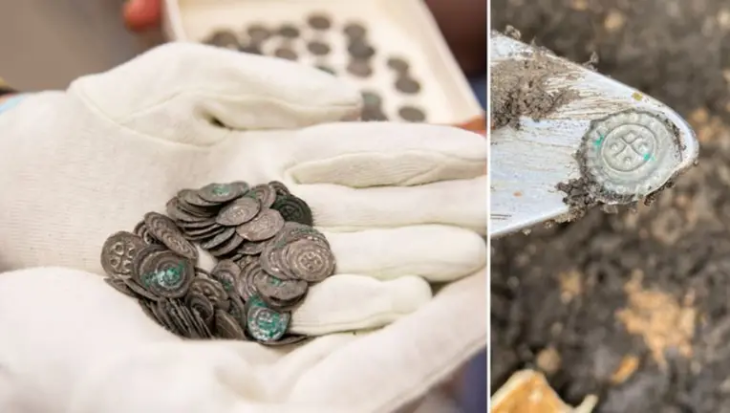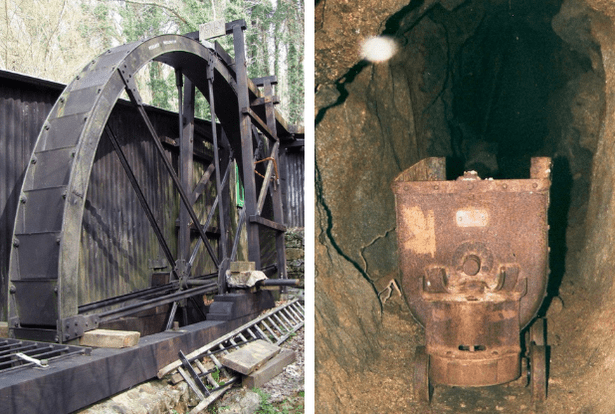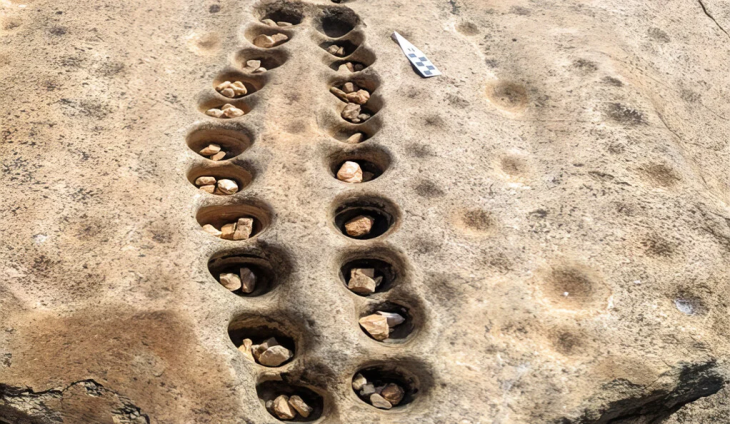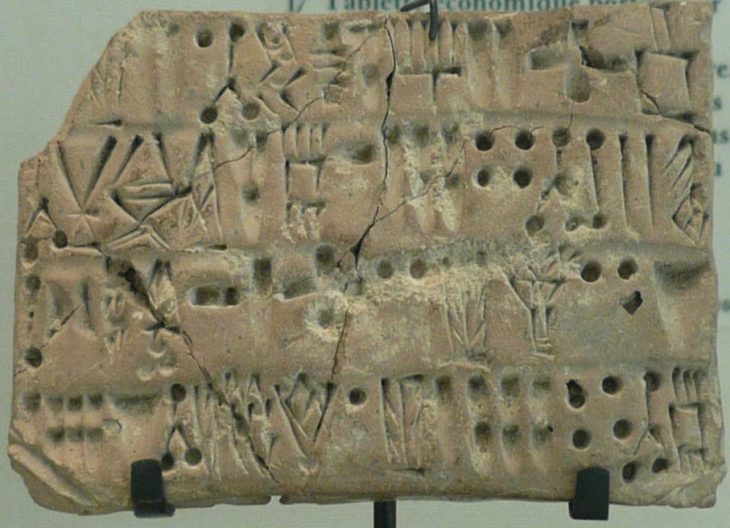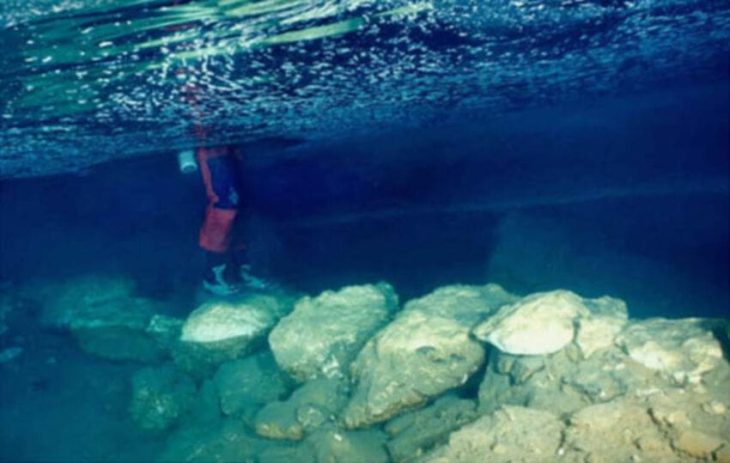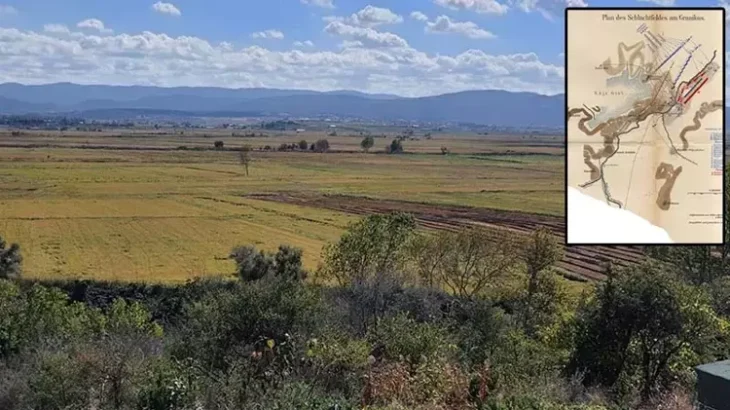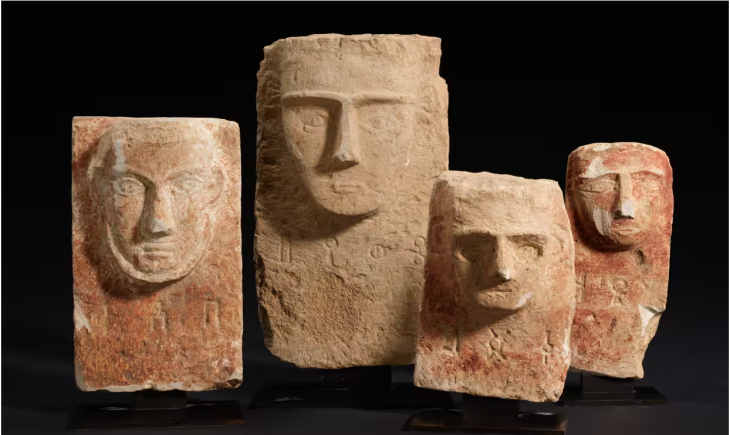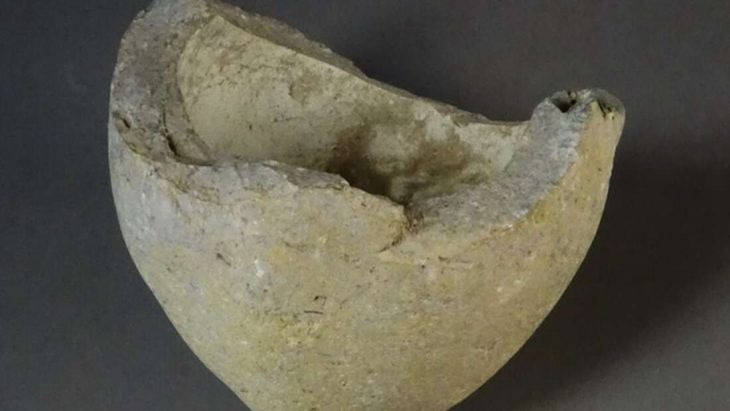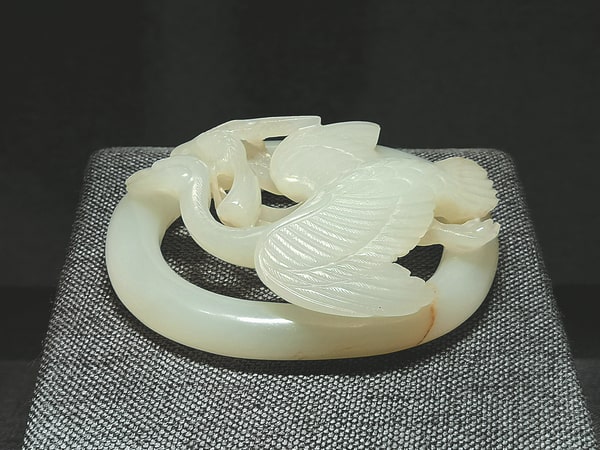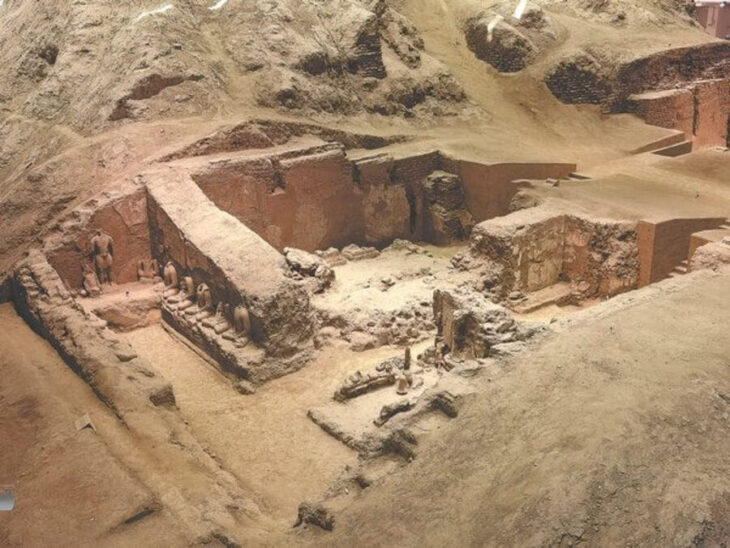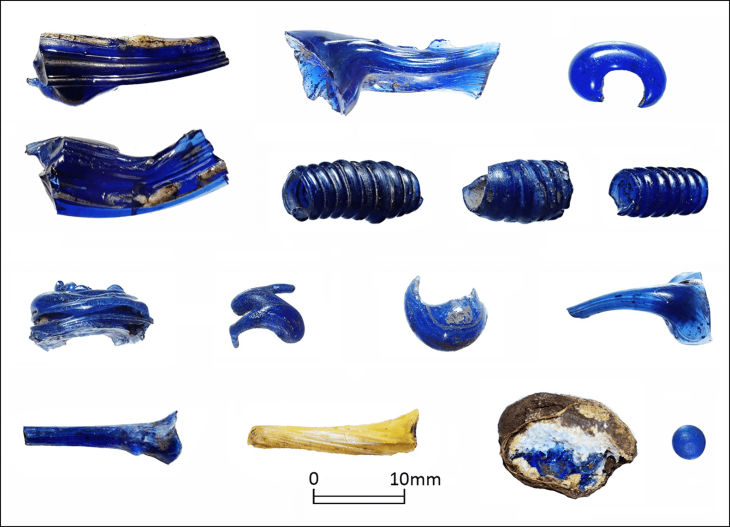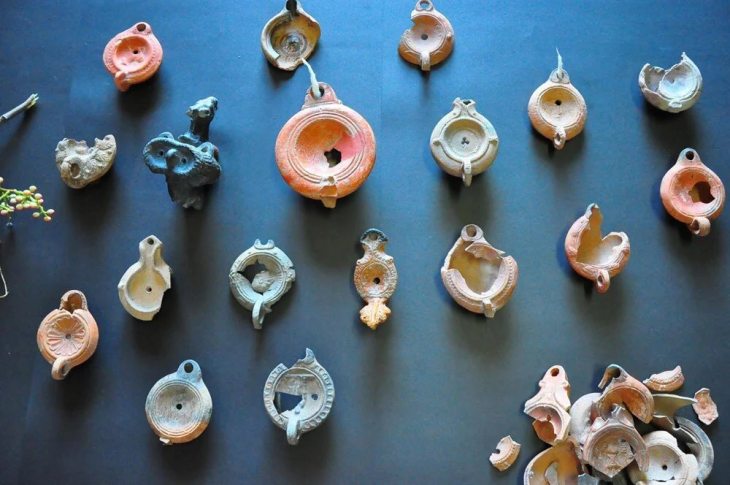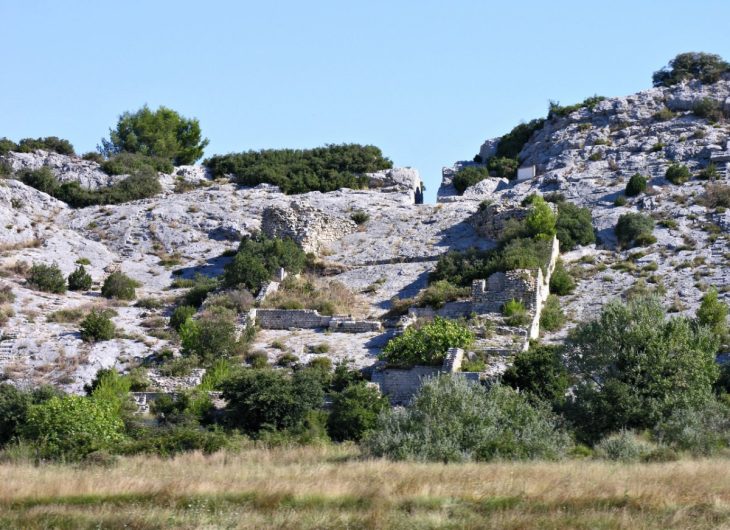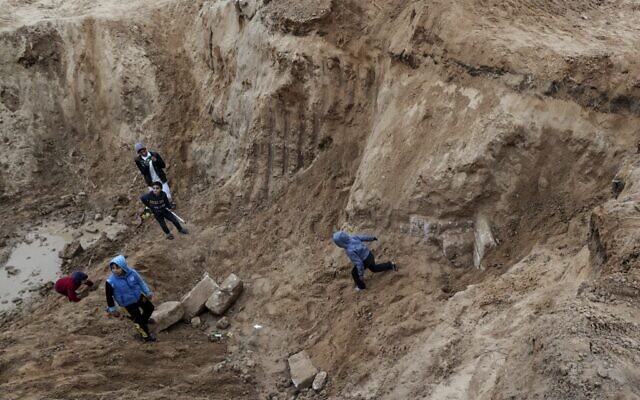Researchers have discovered the remnants of a massive Roman villa thought to have ties to Pliny the Elder while working on an urban renewal project in Bacoli, close to the northwest end of the Bay of Naples.
2,000 years ago, the villa would have sat on a cliffside, commanding 360° views of the Gulf of Naples and the islands of Ischia and Procida in the background.
The monumental villa, estimated to have been built in the first century, was discovered by the researchers while Bacoli’s urban renewal projects were underway, the Superintendency of Archeology, Fine Arts, and Landscape for the Naples Metropolitan Area (SABAP) announced in a press release.
The site of the villa lies in the vicinity of Punta Sarparella on the coast of Cape Miseno—a headland that marks the northwestern limit of the Gulf of Naples. The Cape of Miseno was also home to an ancient settlement called Misenum, which was the site of a significant Roman port.
The ancient city of Misenum served as the primary port for the Classis Misenensis, the senior fleet of the imperial Roman navy. Pliny the Elder, the renowned author of Naturalis Historia, was the praefect in charge of the naval fleet at the time of the catastrophic eruption of Mount Vesuvius in CE 79.
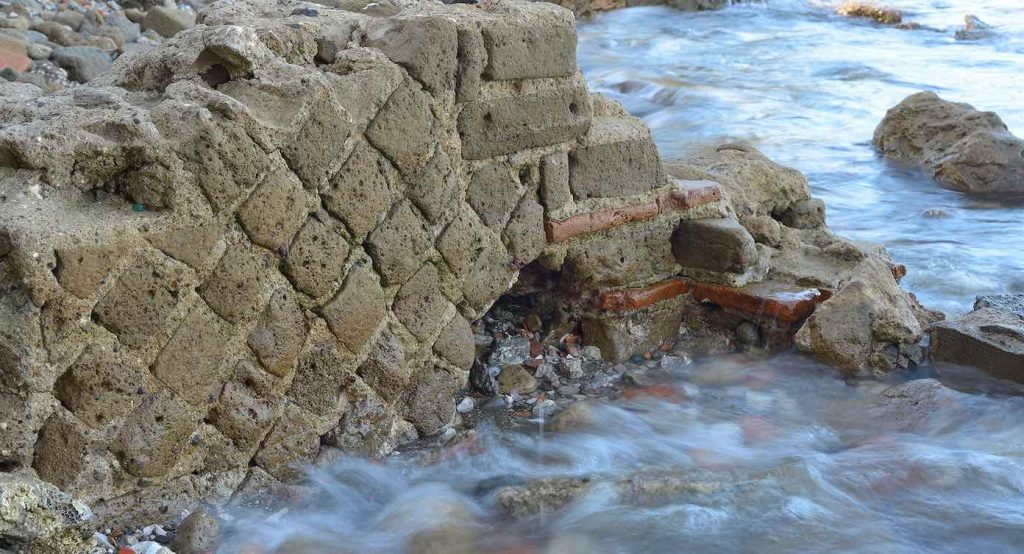
Pliny played a tragic role in leading a rescue mission across the bay but succumbed to asphyxiation due to the noxious gases emitted by the Vesuvius volcano. An also author, naturalist, and natural philosopher, Pliny Sr. wrote the Naturalis Historia which became a publishing model for encyclopedias in our time.
The recent excavations at Bacoli have revealed a villa complex with about ten large rooms dating to different construction phases. The villa features opus reticulatum walls, a distinctive form of Roman brickwork using diamond-shaped bricks of tuff, known as cubilia.
Back in the first century, the mansion would have been located within the Roman port at Misenum, where for four centuries a fleet of 70 ships controlled the Tyrrhenian Sea, the security of which was key to holding the western flank of the Roman empire.
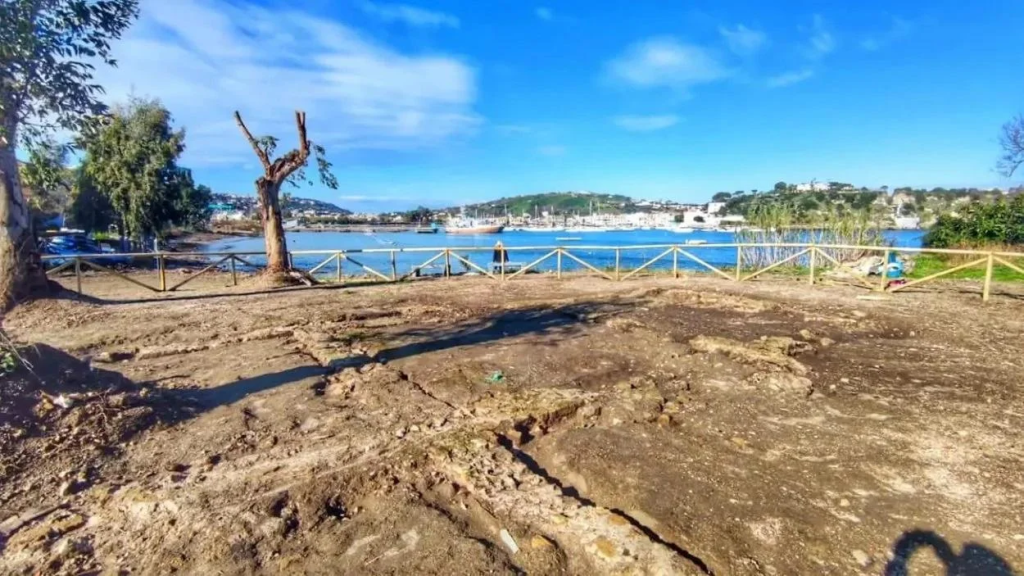
The villa descends to a small crumbling stone dock, now about four meters below sea level. This and other parts of the unearthed villa are now underwater due to the phenomenon known as “negative bradyseism,” which describes the gradual descent of the earth’s surface into the sea in areas prone to volcanic activity. (The area borders a moon-shaped “caldera” or extinct volcanic crater).
“It is likely that the majestic villa had a 360-degree view of the gulf of Naples for strategic military purposes,” Simona Formola, lead archaeologist at Naples’ art heritage, told CNN in an interview. “We think (the excavation of) deeper layers could reveal more rooms and even frescoes — potentially also precious findings.”
While the identification of the villa as Pliny the Elder’s residence remains speculative, pending extensive excavation and contextual enhancement projects, the perimeter of the rooms has been identified and fenced off.
Cover Photo: Comune Di Bacoli

